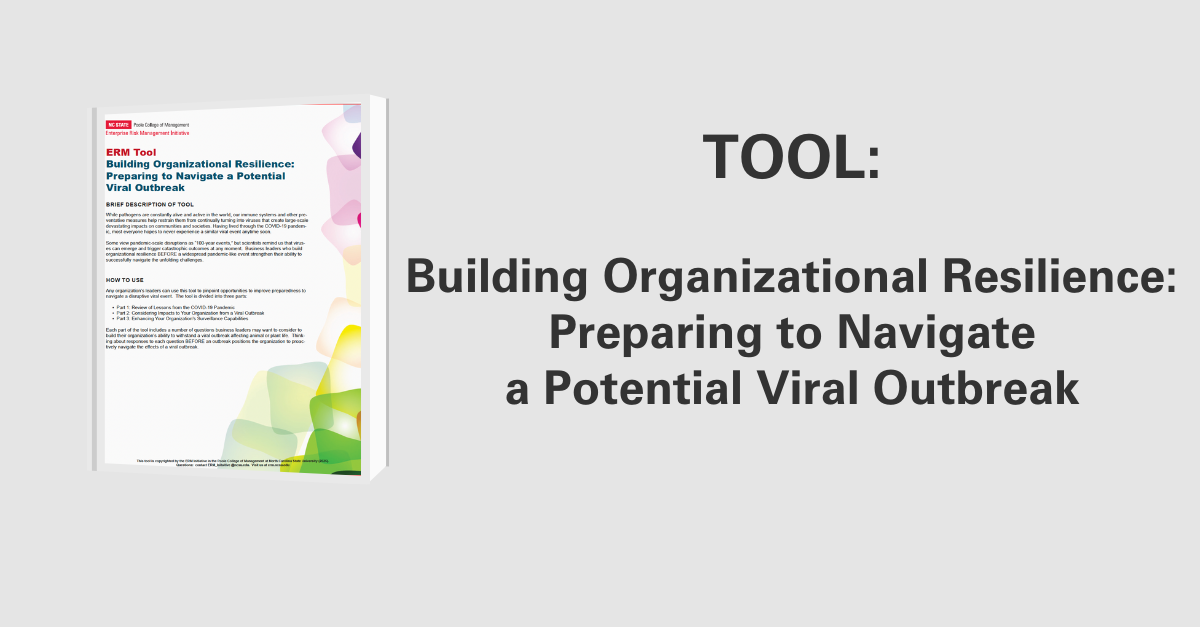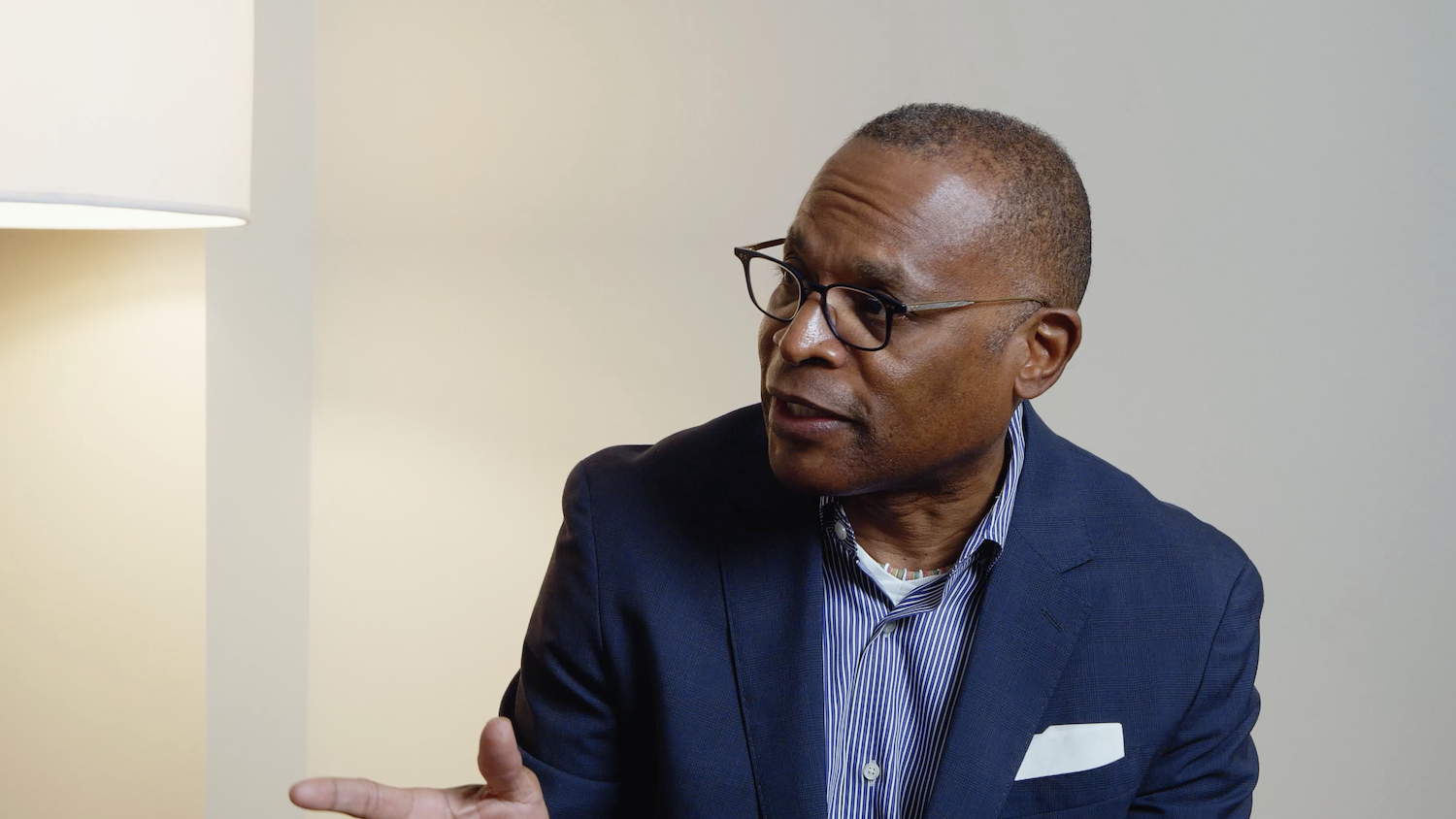The Global Risk Report
The Global Risk Report
Each year the World Economic Forum issues the Global Risk Report offering a holistic view of the top risks. The Global Risk Report not only provides an analysis of the top global risks, but also suggests solutions to strengthen resilience to these risks. This new resilience imperative is aimed to provide opportunities to mitigate, adapt, and build resilience efforts. Focusing on this imperative, the Global Risk Report is broken into the following four parts to provide a comprehensive report to global risk management.
This abstract summarizes some of the key points in this document.
The Global Risks Perception Survey
In 2006 the World Economic Forum (Forum) began issuing the Global Risk Report in order to foster a shared understanding of the interconnectedness of issues around the world and the negative impacts these risks may cause. This report is based on the responses from the Global Risk Perception Survey. The Forum sends this survey to their members who are comprised of experts in the academic, public and private sectors to consider global risks over a 10-year time frame. This year the Forum received nearly 750 responses to 29 global risks across five categories: societal, technological, economic, environmental, and political. Respondents were asked to rate each risk based on the likelihood of each occurring and the impact it would have.
Part 1: Global Risks 2016
As mentioned, the 29 risks are assessed based on their likelihood and impact. Furthermore, they are separated into 5 categories. We highlight two significant findings from the 2016 Global Risk Report. First, in 2016 the risk of failing to adapt to and mitigate climate change emerged as the third and first risk in terms of likelihood and impact, respectively. This shouldn’t be a surprise as global concern over climate change has intensified in the last year which included the 2015 Paris Agreement which was signed by 195 countries. Second, “large-scale involuntary migration” is another risk climbing into the top 5 that was not present in prior years. The Forum has defined involuntary migration as a forced migration caused by violence, conflicts, environmental or economic problems. In the last few years the world has experienced an unprecedented exodus from counties in the Middle East including Syria. This can and has caused devastating problems in several European countries as their resources have been strained to accommodate the influx of immigrants.
Part 2: The Security Outlook 2030
This section of the report evaluates international security which is the individual or collective action by state or non-state actors to ensure the safety against transboundary threats. The purpose of this section is to analyze the connectedness of a changing international security landscape in the context of addressing global risks. This section was developed based on ten workshops held around the world with over 250 security experts and leaders. These workshops resulted in the identification of seven driving forces of internal security and three generalized scenarios. The purpose of this is to enhance decision-making by providing insight into the changing international security landscape.
Part 3: Risks in Focus
The Forum distinctly analyzes the global risk landscape through a societal lens as societies are at the heart of the global community. This section dives into three ‘Risks in Focus’ and provides examples of initiatives for each to improve resiliency. The first Risk in Focus is the (Dis)Empowered Citizen. This term is twofold. On one hand there are individuals that feel empowered due to the availability of information provided by advancements in technology. On the other hand, individuals also feel isolated and excluded due to their inability to influence change. This risk has consistently been a top global risk and connects to overall social stability.
The second Risk in Focus is ‘Climate Change and Risks to Food Security.’ The focus on this section is to highlight the interconnectedness of climate change to many other global risks and the potential catastrophe that could occur. The final Risk in Focus is ‘Global Disease Outbreaks.’ Worldwide, infectious diseases are the leading cause of death. The problem lies in the fact that these diseases aren’t easily contained. For example, the recent Ebola outbreak easily managed to cross borders. Furthermore, many diseases remain unknown. Beyond the inherent health concern, disease outbreaks can have a severe impact on economies such as supply scarcity or financial market instability as collectively, individuals change their behavior to avoid the disease.
Part 4: Risks for Doing Business at a Glance
The final section of the report evaluates the impact of global risks on the business community. This section draws on the input of over 13,000 executives from 140 economies gathered from the World Economic Forum’s Executive Opinion Survey. The analysis dives into the top global risk concerns in several different economies in order to provide insight into responses to specific risks. Furthermore, a look into scenario and emergency planning will be evaluated in order to strengthen resilience.
Original Article Source: “World Economic Forum: The Global Risks Report 2016 11th Edition“, 2016


